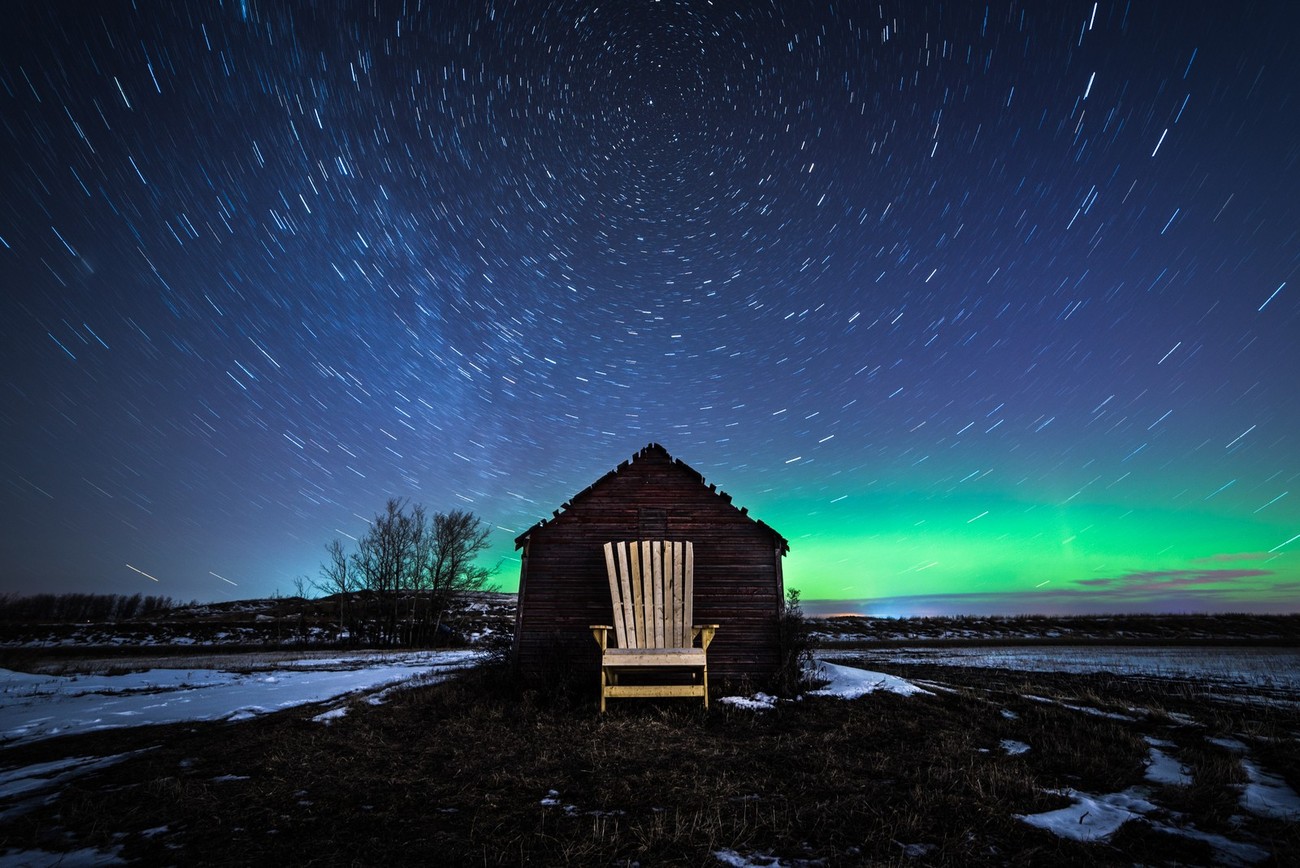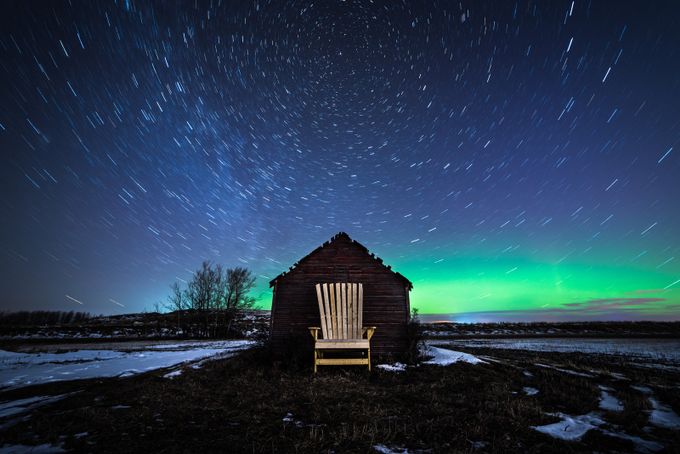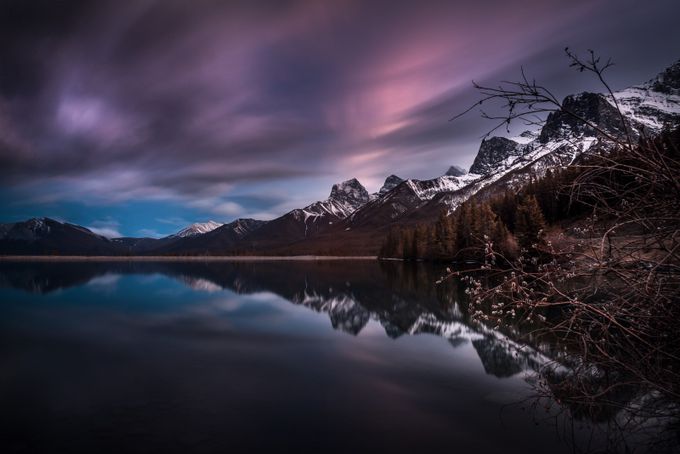Photographing a dramatic sky might be one of the more rewarding experiences you will have as a landscape photographer! The light, the movement, the scene are all set, and if you have come prepared, you are going to wow every eye that gazes upon that photograph for years to come! However, there are some things we need to remember when shooting the skies and ViewBug community member Jessemartineau is going to help us with that.
These tips will teach you how to capture night photography.
1. The Correct Conditions To Capture Night Photography.
While I can very much appreciate a clear sky for Night Photography (I take a lot of those as well) a clear sky will not produce you a dramatic sky! Waiting for the correct conditions is most of the battle when trying to capture a dramatic sky. You need clouds, but not just any clouds either. The best clouds for me are the fluffy cotton candy looking clouds! For sunset/sunrise you want the clouds to lift off of the horizon so the sunlight can reflect off of the clouds around you. Overcast just won't do at all either, although if you play with an overcast sky long enough in the post you can fake the drama decently enough.
2. Finding a Foreground.
The composition of a photograph cannot be ignored, even if the conditions of the sky are perfect. And while the sky may be the star of the show, it is always going to benefit your photo if you have an interesting scene to place under the sky. This is why I drive all over the countryside when the conditions are not good for photos! Use the GPS on your phone and save some locations that you know will look amazing with a dramatic sky.
3. The Right Time Of Day.
I have mentioned this before, but there are some extra tips I want to share about the time of day. A sunrise or sunset is going to be the winners of 90% of all dramatic sky photos, you just can't compete with the incredible color the sun will cast into the sky. However if you have the ability to create a long exposure photo with “Filters” (they enable you to keep your shutter open for a very long time even in full daylight) and if you have some fast-moving clouds maybe over a pond or a building, you will find that even in the harsh contrasty light of the early afternoon, you can create some mind-blowing photos.
4. Come Prepared To Shoot In The Night.
Did you know that clouds can produce rain?!?.. I kid, but if you find yourself stuck in a storm without rain cover, you are not going to be taking many photos in your near future. Keep your batteries charged! Buy a couple backups just in case, man it sucks to run out of juice when you are just about to take a photo! Keep an extra memory card in your bag as well. Don’t forget your tripod, as the light grows darker on a sunset you are going to need to keep that shutter open longer, and nobody can hold that still.
5. Know Your Photography Gear.
I really can’t stress this enough, you really need to know what you have to work with. Even if all the conditions I have mentioned are perfect you can completely drop the ball due to the fact you just don’t know what your camera can do… This will, of course, come with time, but you must spend that time learning how your camera reacts in certain lighting scenarios. More so, knowing how to get your gear from A to B with speed will get you more photo, I am constantly shooting a few photos, then shifting to a nearby spot for another angle. Learning how to correctly use your tripod is one of those things too.
6. Bring it to life in Lightroom.
My favorite part. This could be all Seven dramatic sky photography tips. Always shoot in RAW format. Post-production is where you will truly bring the dramatic sky to life. Personally, I use Lightroom for most of this, and while it is a whole other skill outside of taking the actual photo, it is one that you must learn if you are taking digital photos. Seriously if you are on jpeg setting, change it right now, stop reading, go change it! This is going to give your photo way more information so you can edit it much more successfully. I have a number of tutorials on my YouTube channel showing how I personally edit a dramatic sky photo. You surprisingly don’t need to change a lot, but you will want to manipulate the light in certain areas of any photo.
Listen, don’t be discouraged if it’s not coming together right off the bat! practice! Put in the work! I promise that if you keep at it, the quality of the images will keep going up! You can look and see my early digital photos (I don’t delete them to remind myself of the journey) they aren’t that great! But I wasn’t going to fool myself (and still don’t) in thinking I was the best at this either! I just knew I had to practice, and I still do. Creating images is always evolving for me, I learn a new trick, or try a new method, and a different way of editing. I find that people discourage themselves WAY too much! Create a photo, post it online, and keep moving forward! I know that my best photos are still ahead of me! So I keep reading the back of the shampoo bottle, Rinse and Repeat.
Want to learn more? Check out these tips to photograph the milky way.
For more amazing work by Jesse, visit his profile, website and Instagram.









